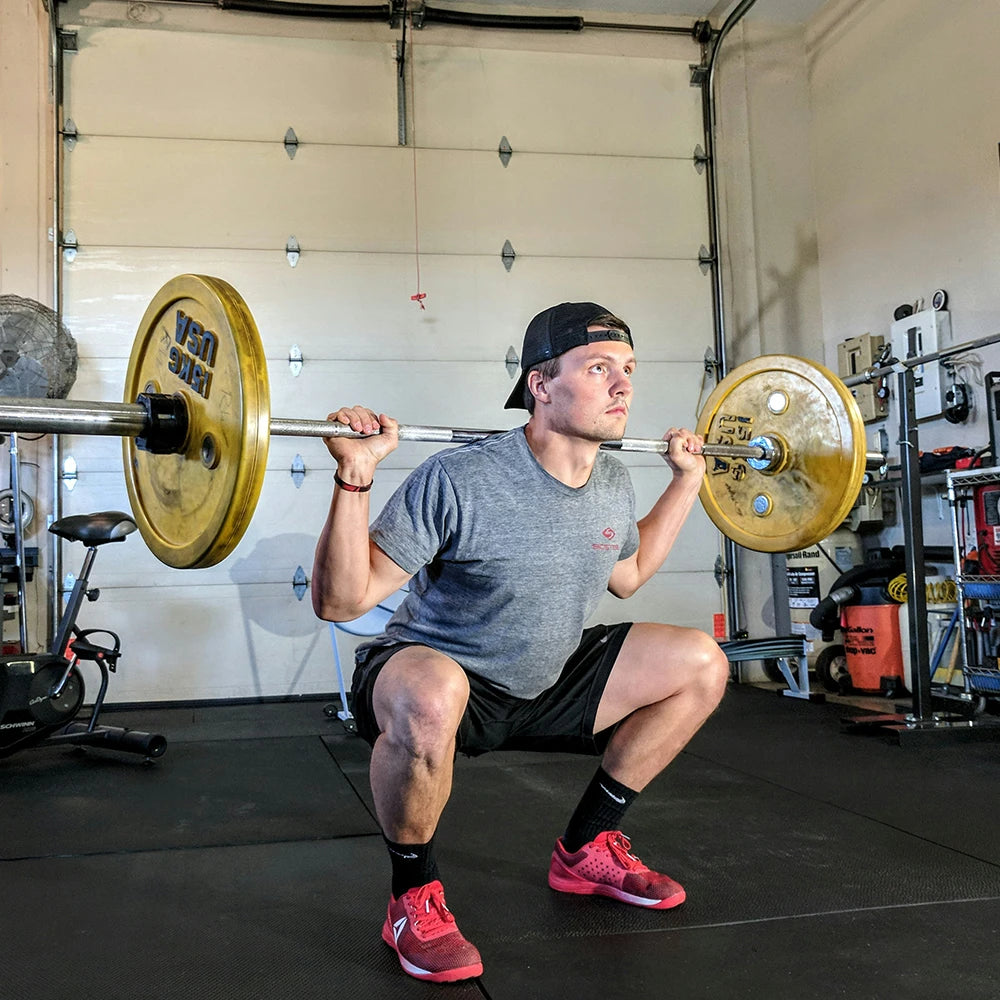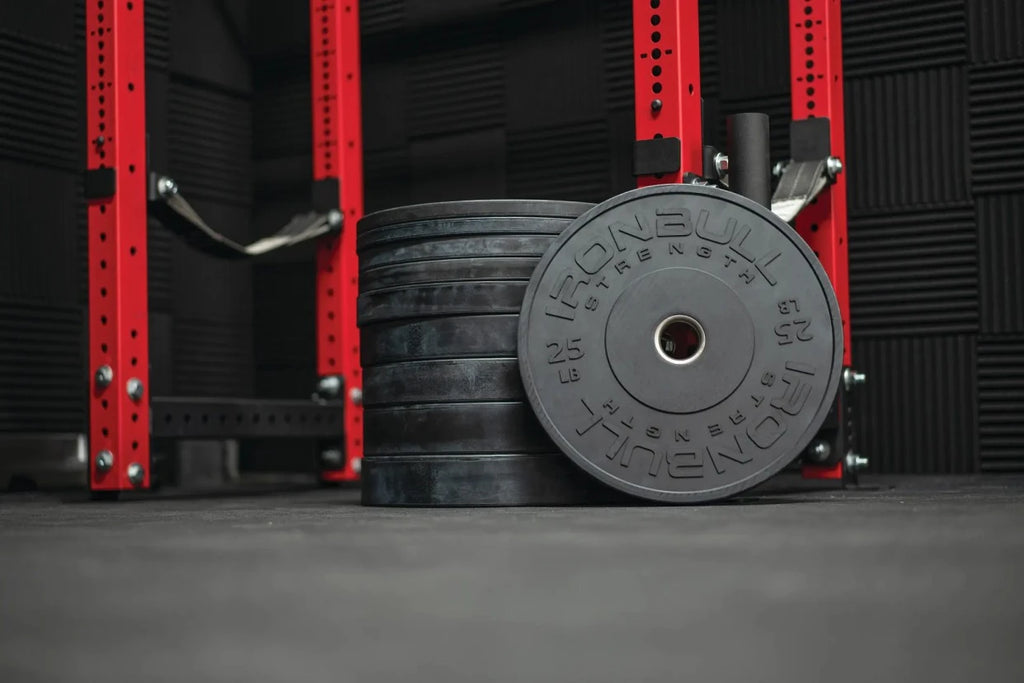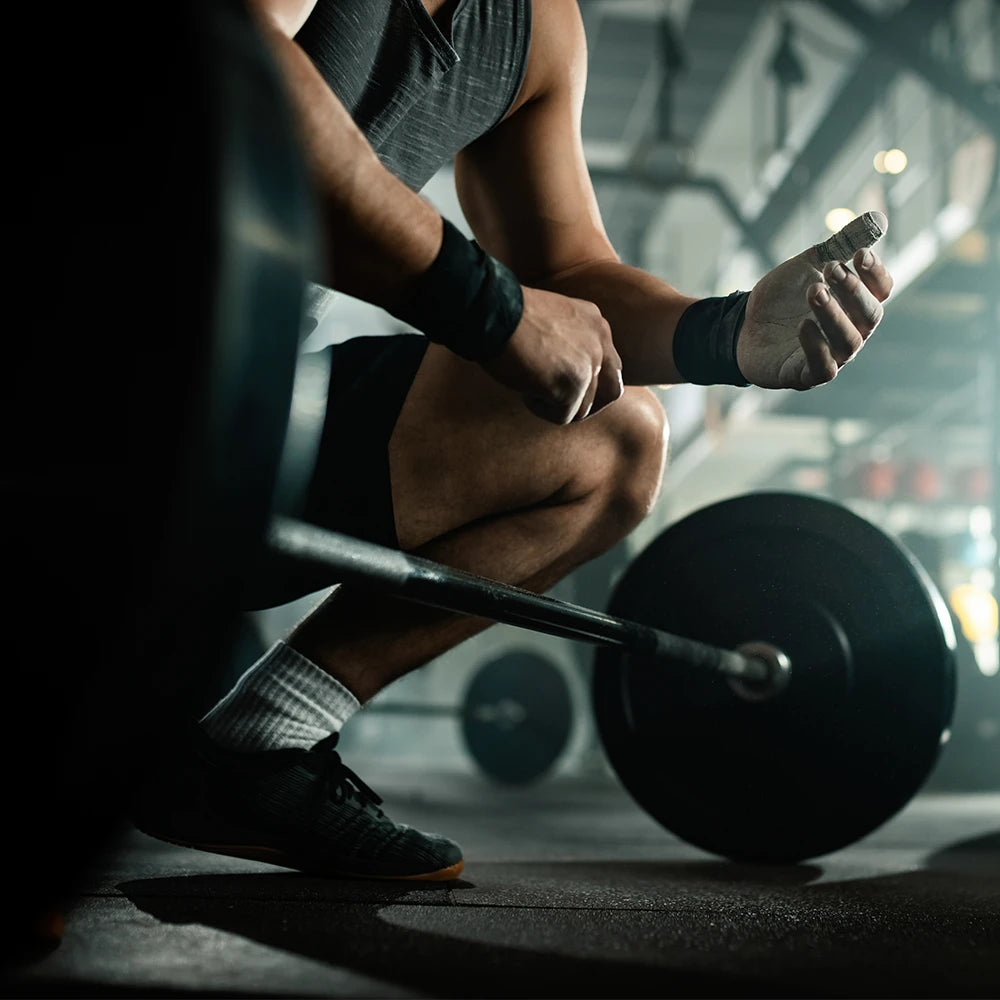The Best Hamstring Exercises at Home: Enhance Your Leg Strength and Balance


Those muscles lurking at the back of your thighs may not get as much love as their flashy counterparts, the quads, but they pack a punch when it comes to functional fitness.
Strengthening your hamstrings isn't just about aesthetics; it’s about enhancing your overall leg strength and balance.
Think about it: hamstrings play a crucial role in your ability to squat effectively. If your hamstrings are weak, you might struggle to maintain proper form, leading to compensatory movements that could spell disaster for your joints.
So, making hamstring exercises a regular part of your routine is essential for anyone looking to improve their leg strength and overall athletic performance.
Quads and hamstring: the dynamic duo for leg strength
The quads and hamstrings are like a well-oiled machine, each relying on the other to operate at peak efficiency. While the quads are responsible for extending the knee and supporting movements like squats and lunges, the hamstrings flex the knee and extend the hip.
This dynamic duo is essential for any athletic endeavor, from sprinting to jumping.
Balanced training is key. Overemphasizing one muscle group can lead to imbalances that increase the risk of injury.
Strong quads without equally strong hamstrings can create a scenario where your knee joints take on too much stress, leading to strains and tears.
Working on both muscle groups ensures that your legs are strong and capable, allowing for optimal performance in everyday activities and sports.
When your hamstrings are strong, they complement the power of your quads, resulting in improved overall leg performance. This is especially important for activities that require explosive movements, such as sprinting or jumping.
So, if you’re serious about leg strength, give your hamstrings the attention they deserve.
Do hamstrings make you stronger? The science behind It
Strong hamstrings are not just for show; they significantly enhance overall physical performance. These muscles are integral to activities that require rapid changes in speed and direction, which is why athletes often focus on developing them.
When your hamstrings are strong, they allow for better force production during explosive movements, leading to improved athletic performance.
Injury prevention is another critical benefit of strong hamstrings. Weak hamstrings can lead to muscle imbalances that put excessive strain on your knees and lower back.
Research shows that individuals with well-conditioned hamstrings are less likely to suffer from injuries like strains, tears, and even ACL injuries. It’s like having a built-in safety net for your body.
Additionally, strong hamstrings contribute to your daily activities. Whether you’re walking, climbing stairs, or picking up heavy objects, these muscles play a vital role.
They help maintain proper posture and stabilize your hips and knees, which is crucial for overall movement efficiency. The bottom line?
Investing time in hamstring exercises pays off in more ways than one.
How to strengthen hamstrings: Essential tips and techniques
Building strong hamstrings requires a combination of effective exercises, proper form, and consistency. First and foremost, focus on exercises that specifically target the hamstrings, such as deadlifts, bridges, and leg curls.
Using bodyweight, exercise bands, or dumbbells can add variety and intensity to your workouts.
Proper form is essential. Performing exercises with incorrect technique can lead to injuries that might sideline you for weeks.
Always prioritize quality over quantity; it's better to do fewer reps correctly than many reps incorrectly.
Consistency is key. Aim for at least two to three hamstring-focused workouts per week.
Gradually increase the intensity by adding weights or increasing repetitions as your strength improves. This progressive overload principle will help you build muscle effectively while minimizing the risk of injury.
Exercises for hamstrings without weights: bodyweight solutions
Bodyweight exercises can be incredibly effective for targeting your hamstrings, and the best part? You don’t need a gym.
Here are some standout bodyweight exercises you can do at home:
Glute Bridge: Lie on your back with your knees bent and feet flat on the floor.
Push through your heels to lift your hips, creating a straight line from your shoulders to your knees. Hold for a moment, then lower back down.
Aim for 3 sets of 15 reps.
Single-Leg Romanian Deadlift: Stand on one leg while extending the other leg behind you.
Hinge at your hips, lowering your torso toward the ground while keeping a straight back. Return to standing.
Try for 3 sets of 10-15 reps on each side.
Nordic Hamstring Curl: Kneel on the floor with your feet anchored.
Slowly lower your upper body towards the ground while keeping your hips extended. Use your hands to catch yourself if needed.
Start with 3 sets of as many reps as you can manage.
These exercises effectively target the hamstrings while also improving balance and coordination.
Do squats work hamstrings? Exploring the connection
Squats are often hailed as a leg powerhouse, but do they actually work the hamstrings? The short answer is yes.
While squats primarily target the quads, they also engage the hamstrings, especially during the lowering phase and when you push back up.
To maximize hamstring engagement, try variations like the Sumo Squat or Box Squats. These adjustments shift some of the load onto the hamstrings and glutes.
Incorporating squats into a hamstring-focused routine can be beneficial. For instance, consider pairing squats with hamstring-specific exercises to create a well-rounded leg workout.
This way, you can build strength in both muscle groups simultaneously, leading to better overall balance and performance.
The benefits of hamstring workouts with weights
Using weights to enhance your hamstring workouts can lead to faster and more significant results. Weighted exercises like deadlifts and leg curls not only target the hamstrings directly but also engage other muscle groups, resulting in a more comprehensive workout.
Weighted exercises allow for greater muscle recruitment, leading to improved strength and hypertrophy. As you progressively increase the weights, your body adapts by building stronger, more resilient muscles.
Additionally, incorporating weights can help improve your metabolic rate, leading to enhanced fat loss. When you lift heavier, your body continues to burn calories even after the workout is over, a phenomenon known as excess post-exercise oxygen consumption (EPOC).
In short, adding weights to your hamstring workouts can accelerate your progress and lead to improved overall fitness.
Hamstring squats: A powerful exercise for lower body strength
Hamstring squats are an effective way to target both the hamstrings and the glutes while incorporating the squat movement. To perform a hamstring squat correctly, start by standing with your feet shoulder-width apart.
Lower your body as you would in a regular squat, but focus on pushing your hips back and keeping your weight in your heels.
Ensure your knees don't extend past your toes, and keep your chest up. Return to standing by driving through your heels.
Aim for 3 sets of 10-15 reps.
Incorporating hamstring squats into your routine helps create a balanced workout that targets multiple muscle groups. They serve as a great bridge between strength training and functional movements, ensuring your legs are ready for everyday challenges.
Hamstring workouts with dumbbells: Versatile and effective
Dumbbells are a fantastic addition to any hamstring workout. They offer a versatile way to increase resistance and challenge your muscles.
Here are some effective dumbbell exercises for your hamstrings:
Dumbbell Deadlift: Hold a dumbbell in each hand, keeping your feet hip-width apart.
Hinge at your hips, lowering the dumbbells toward the ground while keeping your back straight. Return to the starting position.
Perform 3 sets of 8-12 reps.
Dumbbell Good Morning: Stand with your feet shoulder-width apart, holding a dumbbell at your chest.
Hinge at your hips, lowering your torso while keeping your back straight. Return to the starting position.
Aim for 3 sets of 10-15 reps.
Single-Leg Dumbbell Deadlift: Similar to the bodyweight version, hold a dumbbell in one hand while standing on the opposite leg.
Lower the dumbbell toward the ground while extending the other leg behind you. Return to standing.
Try for 3 sets of 10-12 reps per side.
These exercises not only target the hamstrings but also engage the glutes, lower back, and core, making them an excellent choice for a comprehensive lower body workout.
Advantage of hamstring exercise at home: Setting up your home gym
Training hamstrings at home has its perks. First, it saves time and money.
No need for a gym membership or commuting; just roll out of bed and get to work.
To set up an effective home gym, invest in some essential equipment. A pair of dumbbells is a great start, allowing for a range of exercises.
If you have the space, a squat racks for home gym can also be a valuable addition for those looking to elevate their leg workouts.
Creating a dedicated workout space at home can help you stay motivated. Ensure you have enough room to move freely and a mat for comfort.
Incorporating mirrors can also help monitor your form, ensuring you stay on track and avoid injuries.
The flexibility of training at home means you can fit in workouts around your schedule, making it easier to stay consistent. Plus, who doesn’t love the comfort of their own space?
The journey to stronger hamstrings and legs doesn't have to be complicated. With a little creativity and dedication, you can craft a routine that fits your lifestyle and delivers results.
The key lies in consistency and variety, so mix things up and keep challenging yourself!











